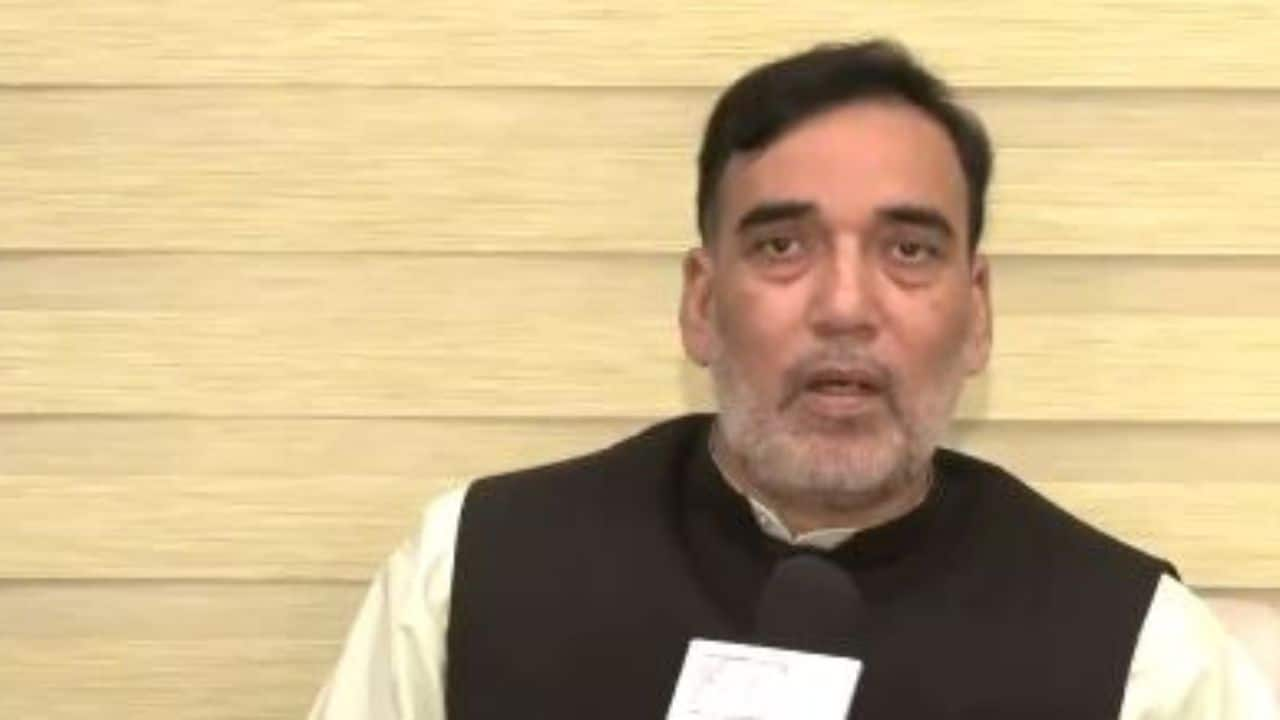 |
|
The alarming deterioration of Delhi's air quality has prompted a drastic proposal from the city's Environment Minister, Gopal Rai. With the Air Quality Index (AQI) soaring to 'severe+' levels, exceeding 450, Rai has urged for the immediate implementation of cloud seeding as an emergency measure to alleviate the pollution crisis. His letter to Union Environment Minister Bhupender Yadav requests an urgent meeting to discuss the feasibility and logistics of this artificial rain-induction technique. The severity of the situation is undeniable; a thick haze has enveloped Delhi for three consecutive days, hindering the natural dispersion of pollutants. The confluence of calm winds and plummeting temperatures has created a stagnant air mass, trapping dust and smoke originating from stubble burning in neighboring regions. This meteorological situation exacerbates the already critical pollution levels, posing a significant threat to public health.
Rai's proposal highlights the desperation felt by Delhi's government in addressing the rapidly worsening air quality. The current Winter Action Plan, implemented on September 25th, 2024, has proven insufficient in mitigating the pollution, leading to the exploration of alternative and more immediate solutions. Cloud seeding, a controversial yet potentially effective method, involves introducing substances into clouds to stimulate precipitation. The rationale is that the resulting rainfall would wash away a significant portion of the pollutants currently suspended in the air. However, the success of cloud seeding depends heavily on various meteorological factors, including cloud cover and humidity levels. The proposal underscores the urgent need for a collaborative effort between the Delhi government and the central government agencies, emphasizing the necessity of immediate action to alleviate the severe health risks posed by the dangerously high pollution levels.
The urgency of the situation is further emphasized by Rai's request for an immediate meeting with all relevant stakeholders, including the Delhi government, IIT Kanpur (likely for technical expertise), and all central government departments responsible for issuing necessary clearances and permits for cloud seeding in the national capital. This collaborative approach is essential for swift implementation should the proposal receive approval. The participation of IIT Kanpur suggests the government is seeking scientific validation and guidance on the viability and potential effectiveness of cloud seeding in Delhi's specific meteorological conditions. The high levels of pollution, coupled with the drop in temperatures, present a dire scenario for the city’s residents. The long-term implications of inaction are far-reaching and could have profound consequences on public health, impacting respiratory systems and potentially increasing the risk of cardiovascular diseases. The potential for economic disruption due to decreased productivity and increased healthcare costs also highlights the importance of promptly addressing this environmental emergency.
The ongoing debate surrounding the effectiveness and potential environmental consequences of cloud seeding adds another layer of complexity to the situation. While some proponents argue that it is a potentially viable short-term solution to alleviate immediate health risks, others express concerns regarding its potential unintended consequences and long-term environmental impact. A comprehensive assessment of both the benefits and drawbacks is crucial before any implementation. The decision to proceed with cloud seeding should be based on a thorough evaluation of its effectiveness and potential risks, factoring in the scientific evidence and potential side effects. This requires a collaborative approach involving experts from various fields, including meteorology, environmental science, and public health, ensuring informed decision-making. The situation serves as a stark reminder of the pressing need for comprehensive and sustainable solutions to address the persistent problem of air pollution in Delhi and other densely populated urban areas. The long-term strategies must focus on reducing emissions at the source, improving urban planning, and promoting sustainable transportation options.
The current crisis emphasizes the urgent need for collaborative efforts between different levels of government and scientific institutions to address the recurring problem of air pollution in Delhi. This requires a multi-faceted approach including stringent emission control measures, effective enforcement of environmental regulations, and investment in cleaner energy sources. The success of any intervention, including cloud seeding, would depend on the collective effort of various stakeholders to create a holistic and effective strategy for long-term environmental sustainability. The Delhi government's call for emergency measures underscores the criticality of the situation and the need for a comprehensive and sustainable approach to tackle the pervasive issue of air pollution, not only in Delhi but also in other cities facing similar challenges. Only through collective action and sustained efforts can long-term improvements in air quality be achieved and the health and well-being of citizens be protected.
